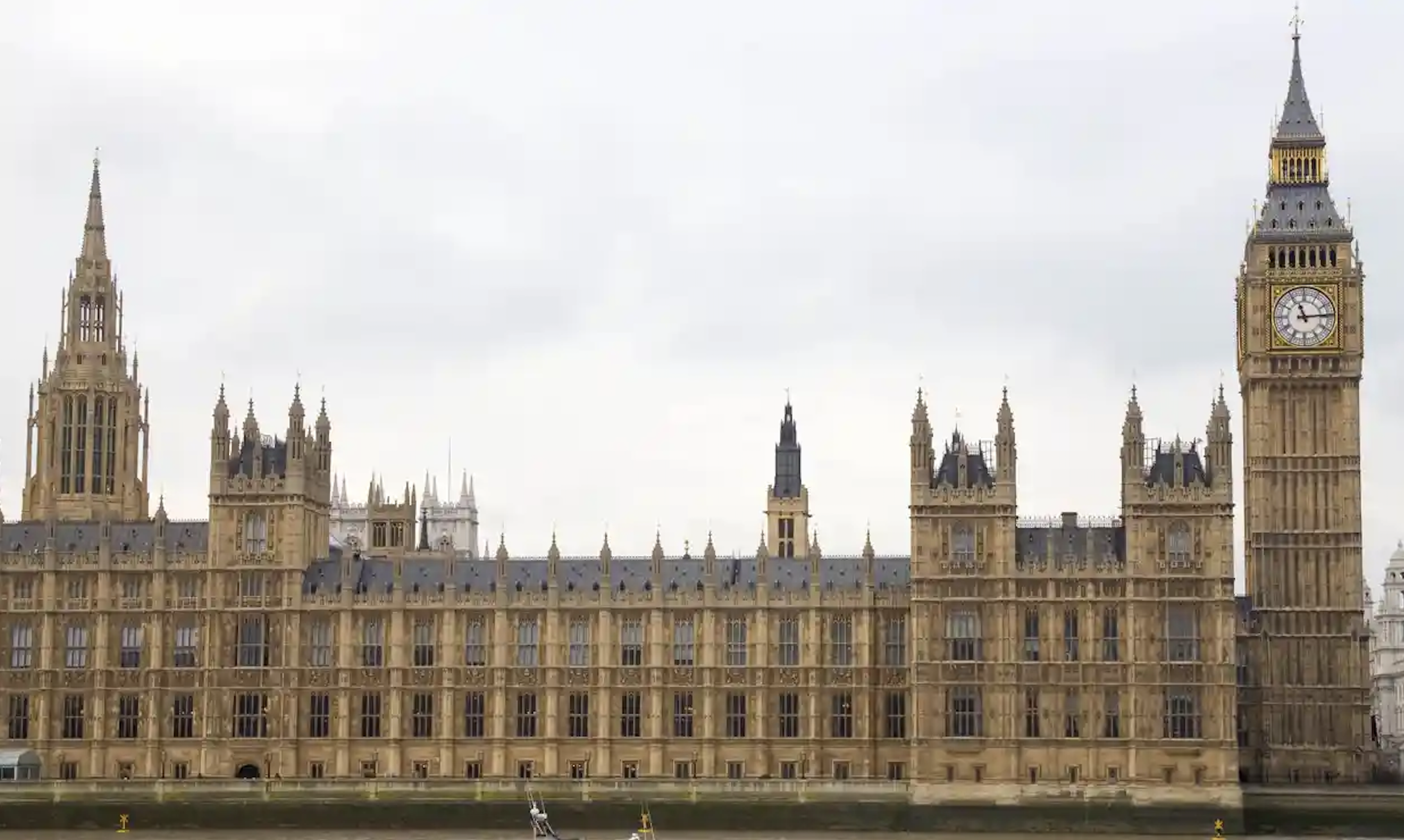Civil Conflict in the Current Era
On Friday, 11 November, GEG hosted a fascinating seminar on civil conflict in the current era. Has there been, as many have argued, a precipitous decline in civil conflicts during the past decade? What are the underlying drivers of civil conflicts in the current era, and how do they differ from previous eras? A summary and podcast of the seminar are below.
Event Summary
Has there been, as many have argued, a precipitous decline in civil conflicts during the past decade? What are the underlying drivers of civil conflicts in the current era, and how do they differ from previous eras? Drawing from this analysis, what international and national policy responses are likely to be most, and least, effective in settling such conflicts? On 9 November, GEG hosted a seminar with three distinguished panelists on this topic. The panelists were:
Richard Caplan, Professor of International Relations, Oxford
Monica Duffy Toft, Professor of Government and Public Policy at the Blavatnik School of Government
Dr Anke Hoeffler, Research Officer, Center for the Study of African Economies, Oxford
Professor Monica Toft began by pointing out that until very recently, the scholarly debate focused on interstate wars. There was no general sense that we could discern patterns in civil wars, so the systematic study of civil wars is relatively new. For a conflict to be defined as a civil war, it must: (a) occur within the internationally recognized boundaries of a state, (b) be fought to decide which group will govern the state, and (c) the stronger side must suffer at least 5% of the casualties. There is a disagreement on the required magnitude of death for an incident to be classified as civil war; some datasets only require 25 battle deaths, while others require 1,000 battle deaths, a standard which originated in the Correlates of War database.
Civil wars make up the vast majority of conflict globally, and are much harder to reduce to generalities than interstate wars. In recent years, scholars have argued that there has been a precipitous decline in civil wars, but this myth has been busted by the Arab Spring. The Arab Spring provides several examples of complex, armed civil conflict. Conflict is likeliest in states that are transitioning to democracy or have weak institutions; states that are strong democracies or strong autocracies tend not to have conflict. Conflict tends to occur in poor, resource-dependent countries. When average annual income is above $1900-2300, the likelihood of conflict goes down. Identity-based conflicts make up a large proportion of global conflict, and half of civil conflicts globally have a religious angle. She identified four factors that may lead to or perpetuate civil war: the security dilemma, grievances at the group level, greed and resources, and elites and thugs.
Civil war is “nasty, brutish, and long”. On average, they are much deadlier and longer than interstate conflict. Civil wars tend to last around 7 years, and tend not to recur. Many conflicts ended after the Cold War because the combatants were no longer able to access weapons. There was an international push in the 1990s to end civil war through negotiated settlements. Negotiated settlements have a mixed record; they are often precarious because they don’t address the root causes of the conflict. Identity-based conflicts are the least likely to end with negotiated settlements, and the most likely to recur. Identity conflicts tend to engage historical grievances, fear, and political rights. Security dilemma must build domestic security apparatus to keep the peace? International agencies do not provide funding for the security sector, but this needs to be given prominence as part of any settlement.)
Professor Toft drew several lessons. The study of civil conflict tends to be data driven, which can lead to history and identity being discounted. It is critical for scholars to be respectful of history. State-level statistics can also fail to capture the local dynamics which are in fact driving the conflict. The disaggregation of data is pushing the field forward, and should be encouraged. Finally, normative concerns about violence have also possibly prevented the emergence of long-run solutions. The words “partition” and “victory” are considered dirty words, but may in fact lead to lasting peace. When a conflict is fought to the end, it tends to result in a lasting settlement, particularly if the rebel forces win, as this often confers legitimacy and finality on the outcome. Answering the question in the title of the seminar, Professor Toft argued conflict is in decline, but it is too soon to say civil conflict is in precipitous decline.
Dr Anke Hoeffler began by asking: what makes peace last? She highlighted two post-conflict challenges: economic recovery and risk reduction. She noted that about 40% of countries that have one civil war have another civil war within __ years, however recent incidents in Cote’d’Ivoire and North Africa challenge this argument. What can the international community do to help prevent the re-emergence of conflict? She discussed what works and what doesn’t in four types of interventions, drawing on large-N regressions.
-
Aid. There is no evidence that aid prevents civil war. Does aid prevent the recurrence of civil war? On average, after a war countries tend to experience a ‘peace dividend’ and grow. All types of aid seem to increase this peace dividend; therefore aid to post-conflict or fragile states is a particularly good use of aid money.
-
Military or Diplomatic Interventions. Intervening before a conflict or in an ongoing conflict tends to lengthen the conflict. More research is needed in this area, particularly as regional organizations like the African Union are emphasising early warnings of conflict. Military victories tend to keep the peace.
-
Peacekeeping Operations. United Nations peacekeepers do keep the peace and make arms embargoes more effective. There is potential for endogeneity here, if peacekeepers were only sent to relatively safe places, but this does not appear to be the case. It is difficult to predict where peacekeepers will be sent.
- Arms Control. There is currently less conflict in the world, but more arms, particularly light weapons, which are used in civil conflict. Despite arms control measures, weapons are illegally diverted to conflict countries, for example from Kenya to Somalia. The US “Blue Lantern” program is very effective at limiting arms, and the personnel costs associated with this program are only $3 million annually. There is enormous scope to expand this program or similar arms control programs.
She noted that her perspective is very much top-down, outside-in, and she would be very interested to hear bottom-up perspectives. She asked if civil wars were critical junctures in a nation’s history. She argued inclusive institutions are key for post-conflict state building, however they are challenging to create. The focus of international organizations has been elections, but elections are only one aspect of democracy. Finally, as natural resources fuel the war economy, there is the need to regulate income from natural resources effectively.
Professor Richard Caplan noted there is very little scholarship on the endgame of post-conflict state building operations. At what point should external parties scale down their involvement or close down an operation? How do we know if achievements are sustainable? What international policy responses are likely to be effective at keeping a cessation of hostilities? He noted that while all peace operations are conceived with exit in mind, in actual fact many end up going on infinitely, or the exit is poorly planned and executed. There has been a tendency among analysts to view planning for exit as illusory, because sceptics argue that no one can plan in any detailed way for an exit, as it is impossible to predict the issues that will arise during the intervention. Whilst this is the case, he argued that it is possible to have an informed plan for exit, albeit a continually evolving one.
Drawing on fourteen case studies in his recent book Exit Strategies and State Building, Professor Caplan highlighted four lessons:
-
Exit is a process not an event. There has been a tendency to treat elections as a culminating experience, but this should not be the case. For instance, elections were seen as an end point in Angola, but the elections led to increased conflict. This lesson is gradually being learned by the international community. Exit is path dependent; their success depends on how well the intervention was designed and implemented in the first place.
-
Effective exit requires continual re-assessment and adaptation of the intervention in response to changing local circumstances. The challenge for international actors is that there is no objective measure for determining if consolidated peace has been obtained. We need deep knowledge of the local dynamics fuelling the conflict to determine when the situation is stable; this is the kind of understanding that anthropologists can give.
-
Exit should not mark the end of all involvement; there is a need for systematic follow-on measures and a rapid response mechanism to shore up the peace. The international community is becoming more aware of the need for continuing involvement.
- Exit is political. Often political facts which have very little to do with the facts on the ground become the driving reason for exit. For instance, policymakers become weary of contributing troops or budgetary constraints require an end to the intervention. Exit is also too often about limiting reputational cost for the intervening country or force.
During the discussion it was noted that violence takes many forms, and social scientists need to develop more tools for understanding violence. For instance, we often think of civil war as an armed group threatening the state, but as recent violence in Mexico shows, the state can be hollowed out from within.
A full recording of this seminar will be available very soon, as a podcast here.




